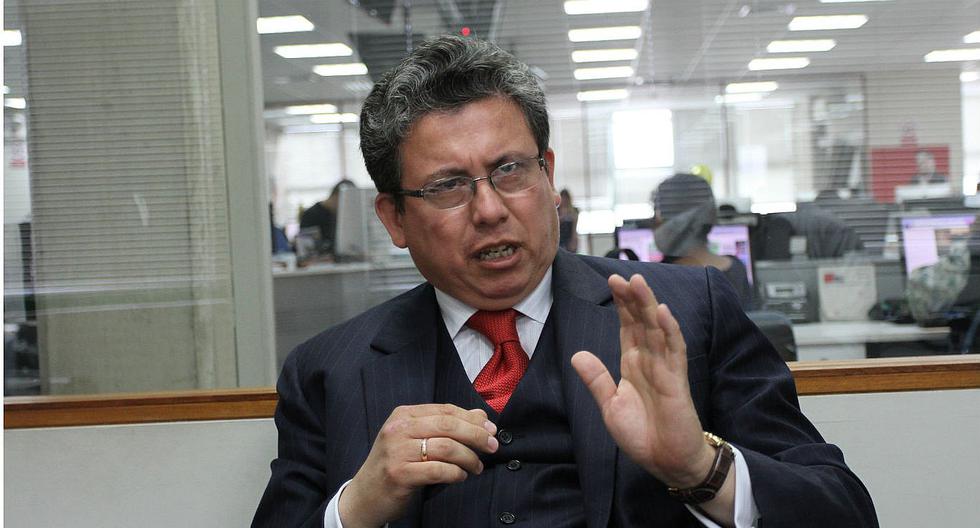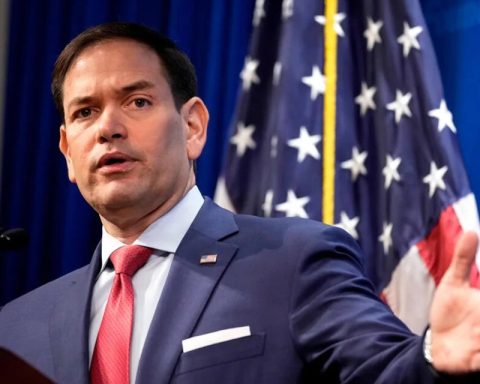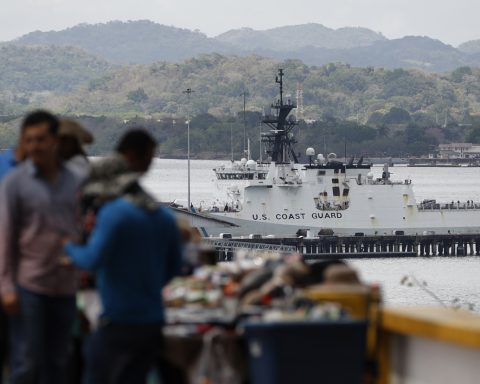The city of Asunción celebrates another year as the Mother of Cities. With 485 years since its foundation, it was and will continue to be the site of events that will mark Paraguayan history. Taking into account the cultural and architectural richness that exists in many areas, the question always arises on these types of dates as to how it is possible that it is so neglected and what can be done to renew it.
A LITTLE HISTORY
The capital was not always a place like the one it is known now. The historian Fabián Chamorro recalled that the peak when Asunción was at its best was between 1930 and 1940.
In this period the center was much more careful and clean. “Everything changed, Asunción grew haphazardly, without much planning, which made the city less aesthetic today. There was time to organize the neighborhoods, the demographic explosion of the capital is already after the Chaco War”, he referred.
Already the current scenario is different, insecurity and little cleanliness are just some of the many problems. “Beyond the direct responsibility of the Municipality, the care of a city that is used and receives nearly 3 million people a day cannot be in the hands of taxpayers alone. They have to invest, they have to recover buildings and join them to the new environments, planning is needed before doing things”, emphasized the historian.
THERE IS CHANGE?
The councilor of Asunción, Paulina Serrano (PPQ) pointed out that the city has important challenges in terms of the recovery and enhancement of all its heritage, but this challenge involves not only public institutions but also the private sector and citizens in general.
“There is still a lot missing from the institutions, not only in investment but also in the ability to generate the conditions for citizens to do their part. The challenge is so complex that it does not only reach the institution, the citizenry has to be involved and above all from the point of view of not destroying the little that is being built”, he commented.
The representative affirmed that they are working a lot in the Historical Center Directorate and the Cultural Directorate, however, these have their limitations, which is why collective support is of the utmost importance since the real changes are not in the hands of a few.
“If it follows the line of what it does in conjunction with other sectors, we have time to value the center. Asunción is a city that is not at a point of no return, there is much that can be done, there is much that is being done and can continue to be done”, he stressed.
CURRENT MANAGEMENT
Regarding the current management and how it advances with the improvements that are necessary, he maintains that today they are not a priority, at least that is what is reflected in the numbers assigned within the Budget of the institution and the direction of resources.
“Today it is not a priority for the majority that is in the institution. That is reflected in the Budget, the number of staff and the work capacity they have. I think that in the study of the next spending plan we have to give more focus to the center, to the cultural. A good job is being done but it is insufficient”, he concluded.


















